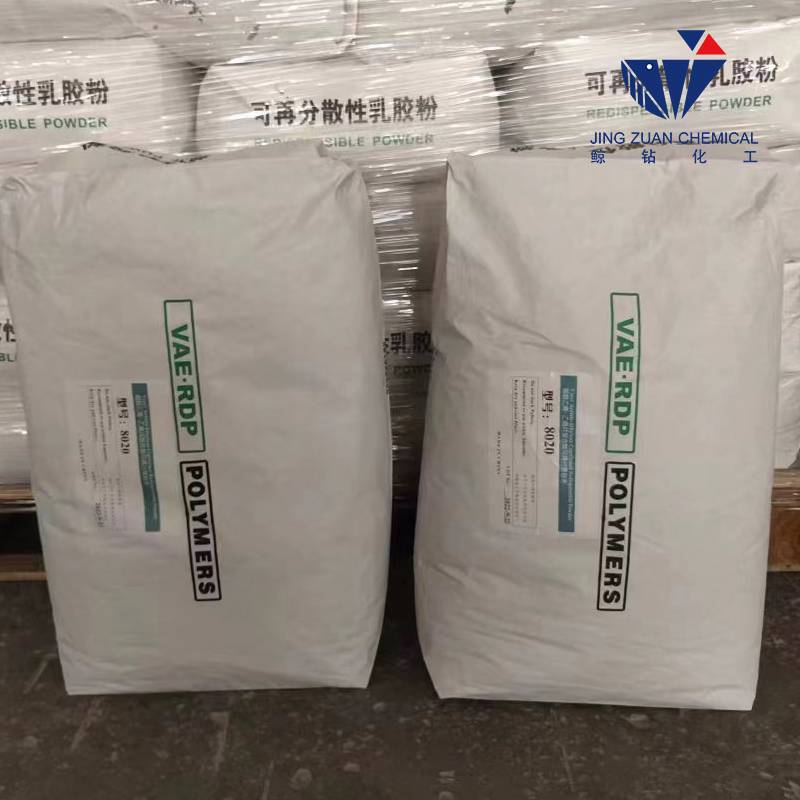
Nov . 27, 2024 06:40 Back to list
Exploring HPMC Density for Improved Formulation Strategies in Pharmaceutical Applications
Understanding HPMC Density A Key Factor in Pharmaceutical Formulation
Hydroxypropyl methylcellulose (HPMC) is a versatile polymer widely utilized in various industries, particularly in pharmaceuticals. One of the critical parameters affecting the behavior and effectiveness of HPMC in drug formulations is its density. In this article, we will explore the significance of HPMC density, how it influences drug delivery systems, and its role in ensuring optimal therapeutic outcomes.
What is HPMC?
HPMC is a cellulose derivative characterized by its ability to form viscous solutions and gels. It is non-ionic and soluble in cold water, making it particularly suitable for preparing various pharmaceutical products, such as controlled-release formulations, suspensions, films, and tablets. Its properties can be adjusted by varying the degree of substitution of hydroxypropyl and methoxy groups, thereby tailoring its functionality for specific applications.
Importance of Density in HPMC
Density is a fundamental physical property that impacts the performance of HPMC in drug formulations. The density of HPMC is affected by its molecular weight, degree of substitution, and the conditions under which it is processed. Generally, higher molecular weight HPMC tends to have a lower density due to a more significant volume occupied by the polymer chains. Understanding and controlling the density of HPMC is crucial for several reasons
1. Drug Release Rates The density of HPMC affects the viscosity of the solutions it forms, which in turn impacts the diffusion rates of drugs. In controlled-release formulations, a lower density HPMC can lead to a slower drug release rate, making it beneficial for sustained-release applications.
hpmc density

2. Tablet Cohesion In tablet formulations, the density of HPMC plays a pivotal role in the compressibility and cohesion of the tablet matrix. Adjusting the density can enhance tablet hardness and reduce the likelihood of capping or lamination during production.
3. Stability and Efficacy The density can influence the stability of the active pharmaceutical ingredient (API) within the formulation. A well-balanced HPMC density can help protect sensitive APIs from degradation, ensuring that the therapeutic effect remains intact throughout the product’s shelf life.
4. Bioavailability The interaction between HPMC and the API can also be influenced by density. A suitable density may enhance solubility and bioavailability of poorly soluble drugs by improving their wetting properties and promoting faster dissolution in the gastrointestinal tract.
Measuring HPMC Density
Measuring the density of HPMC is typically performed using methods such as pycnometry, where a known volume of HPMC is weighed and compared to the weight of an equivalent volume of water. The results provide essential data that can guide formulators in choosing the appropriate HPMC grade and concentration for specific applications.
Conclusion
In conclusion, HPMC density is a critical factor that significantly impacts the performance of pharmaceutical formulations. By controlling HPMC density, formulators can optimize drug release profiles, enhance tablet cohesion, ensure API stability, and improve bioavailability. As the pharmaceutical industry continues to evolve, a deeper understanding of how density influences HPMC behavior will be vital for developing innovative drug delivery systems that meet the therapeutic needs of patients effectively. With ongoing research and technological advancements, the versatility of HPMC will likely expand, providing more opportunities for its application in the health sector, ultimately contributing to better patient outcomes and drug efficacy.
-
HPMC for Tile Adhesive: Superior Bonding & Workability
NewsAug.30,2025
-
Premium Cellulose Ether: Effective Liquid Thickener Solutions
NewsAug.29,2025
-
HPMC for Tile Adhesive: Enhanced Bonding & Workability
NewsAug.28,2025
-
tile-bonding-additives-for-stronger-bonds
NewsAug.22,2025
-
construction-grade-rdp-for-wholesale-needs
NewsAug.22,2025
-
trusted-hec-supplier
NewsAug.22,2025







